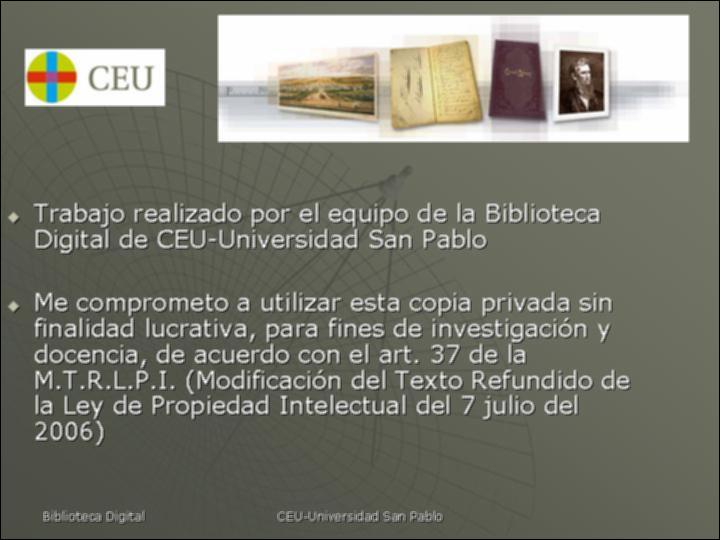Por favor, use este identificador para citar o enlazar este ítem:
http://hdl.handle.net/10637/804Development and validation of extraction methods for zinc and arsenic speciation in soils using focused ultrasound: application to heavy metal study in mud and soils.
| Título : | Development and validation of extraction methods for zinc and arsenic speciation in soils using focused ultrasound: application to heavy metal study in mud and soils. |
| Autor : | García-Moreno, E. Ruíz, M.A. Barbas Arribas, Coral. Pingarrón, J.M. |
| Materias: | Poly-N-methylpyrrole; Peroxidase; Organic peroxides; Reversed micelles; Amperometry |
| Resumen : | The preparation of a peroxidase biosensor by immobilization of the enzyme during the electropolymerization of N-methylpyrrole and its use in the determination of organic peroxides in a predominantly nonaqueous medium, such as reversed micelles, is reported. Reversed micelles were formed with ethyl acetate as the continuous phase, 4% of 0.05 mol l−1 phosphate buffer solution of pH 7.4 as the dispersed phase, and 0.1 mol l−1 AOT as the emulsifying agent. Working variables affecting the polymer biosensor preparation, such as the polymerization potential, the constant accumulated charge to stop the polymerization process, the concentration of monomer and enzyme in the polymerization solution and the pH and concentration of the phosphate buffer solution, were optimized and discussed. Concerning the variables regarding the amperometric measurements in the reversed micellar medium, the potential value applied, the pH of the phosphate buffer solution, and the temperature were also optimized. Under the optimized conditions, the steady-state current for 2-butanone peroxide is reached in only 4 s. Linear calibration plots over the ranges 5–85 mol l−1, and 2–48 mmol l−1 were obtained for 2-butanone peroxide and tert-butylhydroperoxide, respectively. The limits of detection obtained were 0.086 mol l−1, and 0.03 mmol l−1, respectively. The poly-N-methylpyrrole-HRP amperometric biosensor was used for the determination of the organic peroxide content in body lotion samples, by employing 2-butanone peroxide as a standard. Optimization of the peroxide extraction step from the sample was carried out, and recoveries approximating 100% were obtained. |
| Descripción : | En: Analytica chimica acta. ISSN. 0003-2670. n. 442 (2001), p. 305-318 |
| URI : | http://hdl.handle.net/10637/804 |
| Derechos: | http://creativecommons.org/licenses/by-nc-nd/4.0/deed.es |
| Fecha de publicación : | 19-sep-2001 |
| Centro : | Universidad San Pablo-CEU |
| Aparece en las colecciones: | Facultad de Farmacia |
Los ítems de DSpace están protegidos por copyright, con todos los derechos reservados, a menos que se indique lo contrario.


